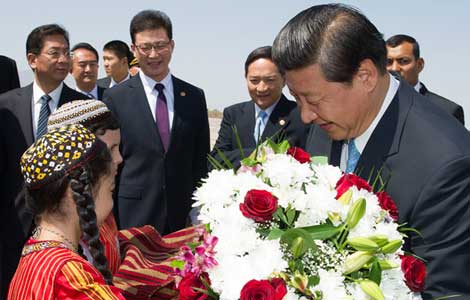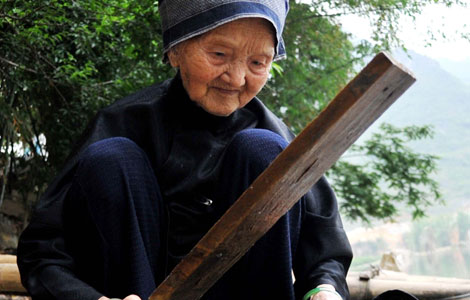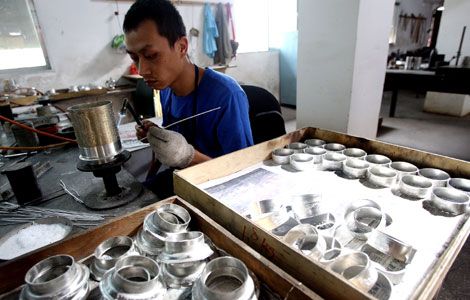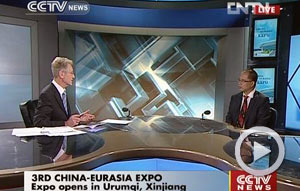Yuan to play a bigger role in Central Asia
Updated: 2013-09-04 07:44
By Zhong Nan in Urumqi (China Daily)
|
||||||||
He said other central Asian countries can also become more competitive if their regulations changed and further developed, because no one wants to miss the opportunity of attracting Chinese banks to enter their markets.
Trade between China and Central Asia exceeded $40 billion in 2012. China has become Central Asia's biggest trading partner and one of the major investors in the region. Countries such as Kazakhstan and Tajikistan are also planning to build new industrial zones to develop these industries over the next four years. Therefore, the region needs strong financial support to promote its agriculture, manufacturing, high-tech and renewable energy industries.
The Chinese government has an open attitude toward currency swap arrangements with the central banks in the Eurasia passage and encourages businesses on both sides to settle bilateral trade and make direct investments in local currencies.
Chinese banks have managed to establish their presence and enlarge influence in these countries. China Development Bank, Bank of China and Industrial and Commercial Bank of China have all established branches or representative offices throughout the region.
Pan Gongsheng, deputy governor of the People's Bank of China, China's central bank, said China will continue to open itself to the nations to its west, not only conducting infrastructure projects and helping with communication construction but also negotiating with different central banks in Central Asia to carry out more flexible financial reforms.
Pan said support will also be given to Chinese financial institutions to provide loans denominated in yuan to partner countries in the region. China is also willing to see central banks from these countries investing in China's inter-bank bond market and including yuan in their foreign exchange reserves.

 The first Chinese to reach US Open semi-final
The first Chinese to reach US Open semi-final
 Photos: Daily life for Free Syrian Army
Photos: Daily life for Free Syrian Army
 Fewer Chinese students apply to US graduate schools
Fewer Chinese students apply to US graduate schools
 Technology transfer is a focus
Technology transfer is a focus
 Syrian refugees exceed 2m
Syrian refugees exceed 2m
 Energy partners boost gas supplies
Energy partners boost gas supplies
 San Francisco-Oakland bridge opens
San Francisco-Oakland bridge opens
 Microsoft in $7.2b deal for Nokia handset biz
Microsoft in $7.2b deal for Nokia handset biz
Most Viewed
Editor's Picks

|

|

|

|

|

|
Today's Top News
Local debts not to drag China into financial crisis
Police name attacker who took boy's eyes
Fewer Chinese apply to US graduate schools
US support for strike on Syria is low
Japan urged to face history
Energy partners boost gas supplies
'Diamond decade' for China, ASEAN
State asset head sacked from post
US Weekly

|

|





